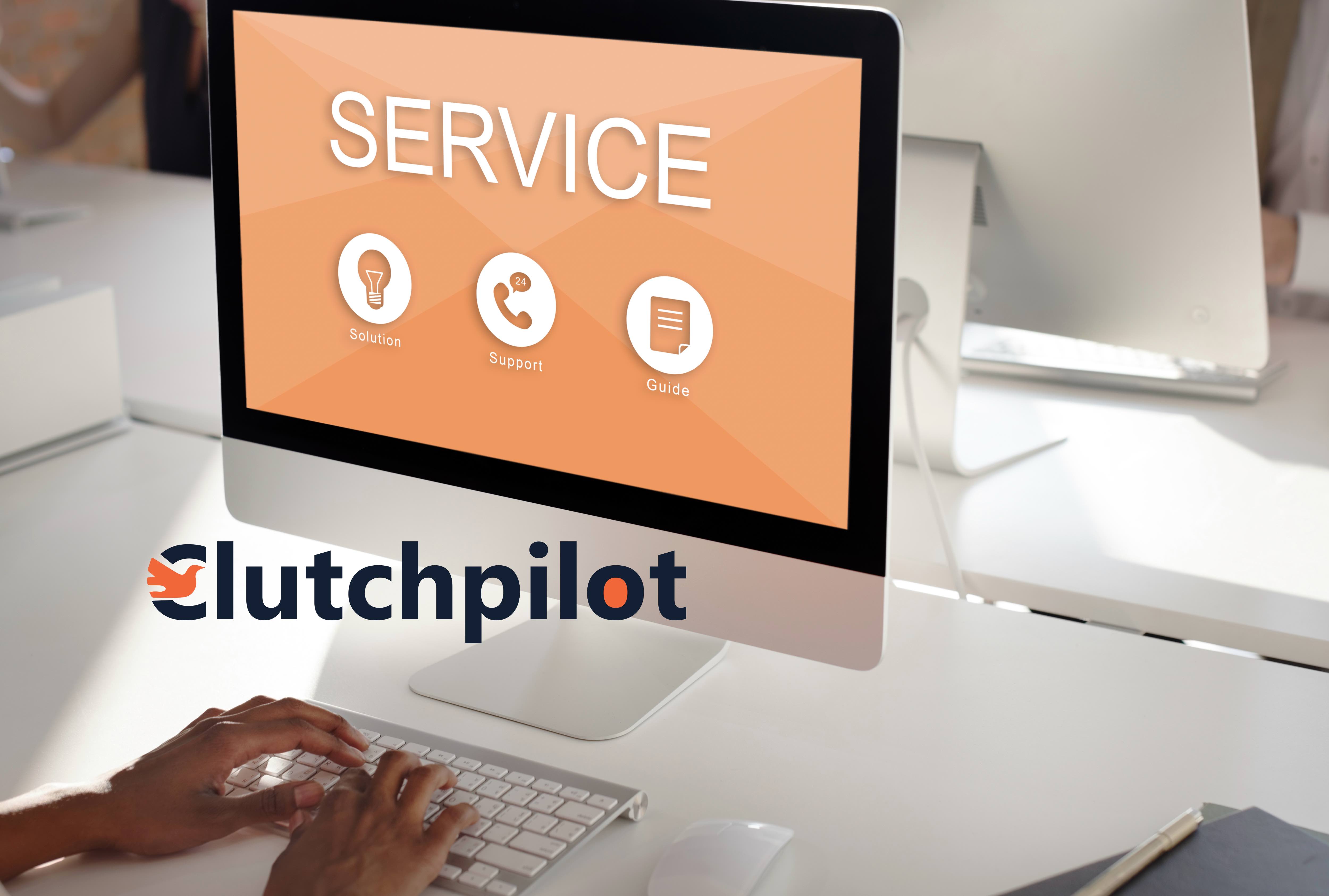SOAP The Technology You Never See, But Always Use
You’ve probably never bragged to a friend about “using SOAP.” But chances are, you’ve relied on it multiple times already today.
Every time you send money between accounts, check in for a flight, or have your doctor’s office transfer records, SOAP is there in the background, making sure information moves cleanly and securely.
It’s the plumbing of the digital world, hidden, boring to look at, but absolutely essential.
Why SOAP Refuses to Retire
In tech, we love shiny new toys. REST APIs, GraphQL, serverless platforms, they grab the headlines. SOAP? It’s like the quiet veteran who doesn’t care about trends.
Here’s why it’s still around:
- Rock solid security. Banks and hospitals don’t gamble with untested tools.
- Guaranteed delivery. If you’re moving money or medical records, “oops, it didn’t go through” isn’t an option.
- Predictability. SOAP follows strict rules, which means fewer errors when things really matter.
It’s not hip. It’s not lightweight. But it works—and sometimes, that’s more important than being cool.
How SOAP Works Without the Tech Headache
Think of SOAP like two companies exchanging legal documents.
They don’t just scribble notes back and forth. They use official formats, signatures, and stamps so nobody can question what was sent or received.
That’s SOAP in a nutshell: messages packed in XML, passed through well-defined rules, double-checked at every step. Strict, yes. But that’s what keeps it bulletproof.
SOAP vs REST: Two Different Lanes
There’s no need for a holy war here, SOAP and REST aren’t rivals, just different tools.
- REST is like sending a text. Quick, informal, perfect for lightweight apps.
- SOAP is like a notarized contract. Slower, heavier, but you can bet your life on it.
Smart companies don’t pick one over the other. They use both where they fit best.
Where SOAP Still Rules
Want to know where SOAP is still the star of the show?
- Banks moving billions across borders.
- Healthcare systems guarding sensitive patient records.
- Governments processing taxes and IDs.
- Travel platforms keeping bookings and reservations in order.
If it’s too important to fail, SOAP is usually running under the hood.
Where Clutchpilot Comes In
Now here’s the catch: SOAP isn’t fun to work with. Developers often find it heavy and outdated. Integrating it with newer systems can feel like forcing puzzle pieces together that weren’t meant to fit.
That’s where Clutchpilot makes a difference. Instead of treating SOAP like a relic, they help companies make it play nicely with modern tools, whether that means plugging it into cloud platforms, bridging it with REST APIs, or modernizing the infrastructure around it.
In other words: Clutchpilot helps businesses keep SOAP’s strengths while shedding its baggage.
The Myths People Still Believe
Let’s clear a few things up:
- “SOAP is dead.” Not even close. It runs industries that can’t afford downtime.
- “It’s only for old-school companies.” New fintechs and startups still lean on it when compliance is key.
- “It can’t work with modern systems.” It can, if you know how to connect the dots.
The Bottom Line: The Unsung Hero of the Web
Here’s the truth: technology doesn’t have to be trendy to matter. SOAP may not get love on Twitter threads or startup blogs, but it still runs the backbone of the world’s most important industries.
The smartest businesses don’t ask, “Should we replace SOAP?” They ask, “How do we make it work with today’s tools?”
And that’s exactly what Clutchpilot helps with, keeping the old tech strong, connecting it to the new, and making sure businesses can move forward without losing the reliability they already depend on.
Because in the end, the best technology isn’t always the coolest, it’s the one you never have to worry about. And that’s why SOAP still deserves respect.


Comments (0)